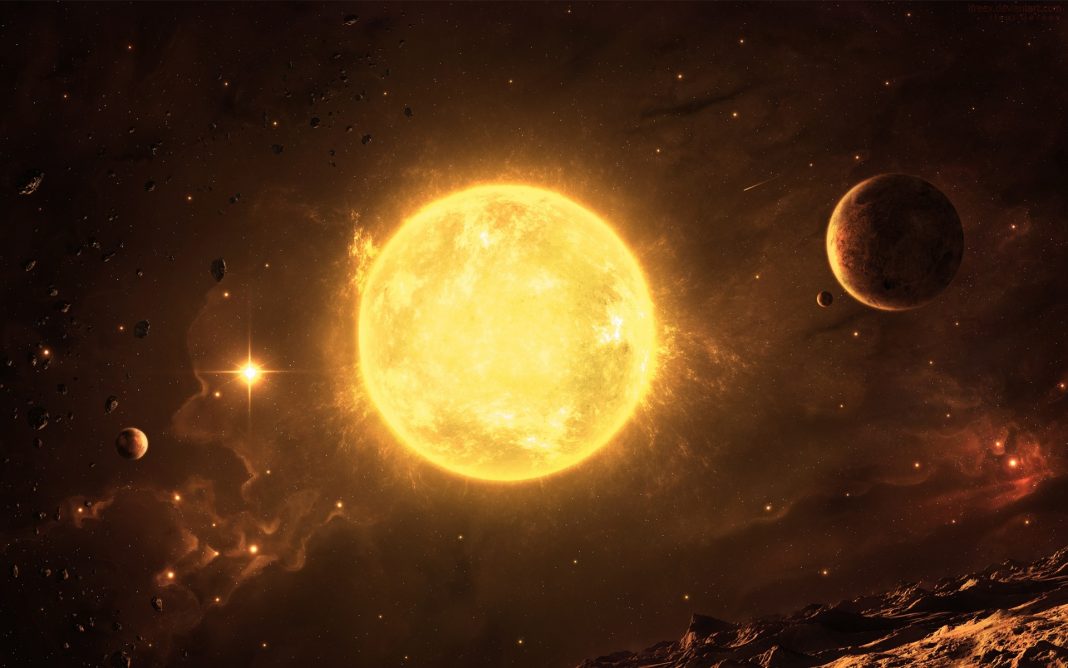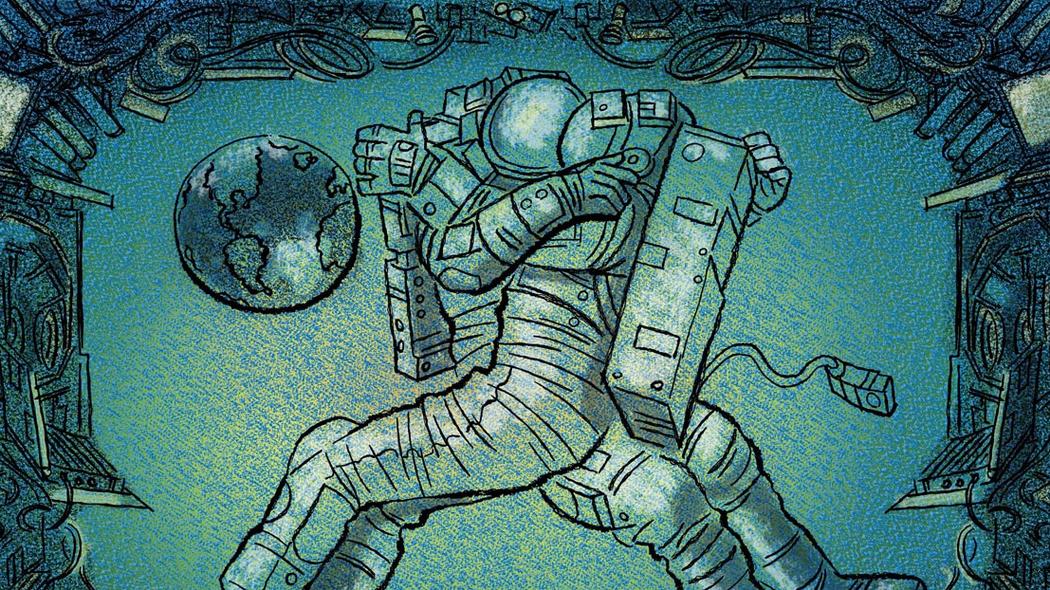In a recent study, scientists exactly measured the mass of a white dwarf, a star near the finish of its life cycle. How, given that stars are massive balls of burning gas light years away, can astronomers gather any information regarding a star’s mass?
“Just about the only way we have as astronomers for measuring masses of stars and planets and galaxies is by their gravitational influence on one another,” said Terry Oswalt, a professor of engineering physics at Embry-Riddle Aeronautical University, writing for Science.
To illustrate, let’s say you’re an astronomer in the Alpha Centauri system, just over 4 million light years away, and you wanted to measure the mass of the faraway yellow dwarf star orbited by 8 planets. Since putting the star on the scale is impossible, you would instead observe the gravitational effect it has on the planets, and other space objects, in its system and vise versa.
At NASA, these observations are made with Kepler space telescope, which is so sensitive it can detect planets at the opposite end of the Milky Way. Astronomers observe the incremental velocity changes of stars that occur when planets “tug” on them in orbit, explains Oswalt. These measurements can be used to determine the mass of stars.
Another technique, using the Doppler effect, can be used when two stars orbit each other, but it can be flawed in certain cases, according to Oswalt, and the objects must be observable
“There are several indirect ways you can estimate a star’s mass from its [light] spectrum, but they depend upon a detailed model of its atmosphere, which you never know for sure is correct,” he said.
However, the new study, published in Science, describes a recently developed technique from astronomers at the Space Telescope Science Institute that allows scientists to determine the mass of stars, including the black holes, white dwarfs, rogue planets, and other celestial objects previously difficult to observe and therefore tricky to determine mass for. They displayed the procedure, which studies gravity’s effects on light, by examining a white dwarf star named Stein 2051 B.
“In his famous equation E =mc^2, Albert Einstein postulated that energy and mass are the same things,” Oswalt said. “Light is a tiny bit of energy and an even tinier equivalent of mass, but it also is affected by gravity.” Further, Einstein supposed that light passing by an object in space would bend because of that object’s gravity. However, for this effect to be observable, the star must be far enough away and be in perfect alignment together, a quiet rare occurrence, says Oswalt.
“As the light from the background star passes by the white dwarf, its direction of a straight line is bent, and that means that the light that we will see seems to be coming from a different direction than the actual star, and that makes the dwarf slowly move across the background star as if the background star made a little loop in the sky,” Oswalt explained. “The basic idea is that the apparent deflection of the background star’s position is directly related to the mass and gravity of the white dwarf — and how close the two came to exactly lining up,” Oswalt added.
This gravitational microlensing, as it is called, has been observed before only on a much larger scale, occurring in total eclipses or with stars at greater distances than Stein B. In these instances, gravity performs like a magnifying glass, bending starlight and brightening the source, tells Oswalt. When this happens in distant galaxies, a deformation of light caused by gravity occurs is observed and called an Einstein ring.
Still, alignments like the one that allowed astronomers to weigh Stein 2051 B are very limited. Yet, Oswalt believes more facilities, like the European Space Agency’s Gaia satellite, could increase researchers’ chances of observing these occurrences and gaining further study of distant space objects to enhance the field of astronomy.
More News to Read
- The Onslaught of AI and its Integration in the Media
- Quantum Machine Learning Computer Hybrids at the Center of New Start-Ups
- Cyber Infiltration into U. S. Election System Goes Further Than Thought Before
- What Would Planet Earth be Like in a Black Hole?
- Neural Networks are Now Being Used to Represent Quantum Systems











